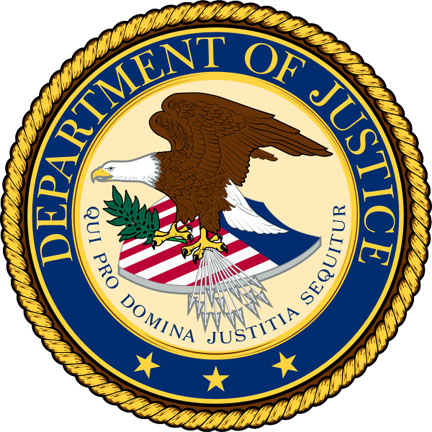 Just less than half of suspected human trafficking incidents in recent years involved the prostitution or sexual exploitation of children, according to United States Justice Department's Bureau of Justice Statistics (BJS).
Just less than half of suspected human trafficking incidents in recent years involved the prostitution or sexual exploitation of children, according to United States Justice Department's Bureau of Justice Statistics (BJS).
Nearly half – 48 percent – of human trafficking allegations investigated between January 2008 and June 2010 involved allegations of adult prostitution, the Bureau said; 40 percent of cases pursued during that same time period involved children. According to the report during the study period:
• Federally funded task forces, led primarily by local law enforcement agencies, investigated 2,515 incidents of suspected human trafficking.
Most incidents involved allegations of sex trafficking, but 350 incidents involved allegations of labor trafficking in unregulated industries (i.e. drug sales or roadside sales) and/or commercial industries (i.e. hair salons, hotels and bars).
The information in the report is being provided in response to a congressional mandate for biennial reporting on the scope and characteristics of human trafficking incidents in the U.S. Under the Trafficking Victims Protection Act, human trafficking is defined as the recruitment, harboring, transportation, provision, or obtaining of a person to perform labor or a commercial sex act through force, fraud, or coercion. Any commercial sex act performed by a person under age 18 is considered human trafficking, regardless of whether force, fraud, or coercion is involved.
Among incidents with “sufficient data quality” revealed in the report:
• 30 percent were confirmed to be human trafficking.
• 38 percent were confirmed not to be human trafficking.
• The remaining incidents were still open at the end of the study period.
• Law enforcement agencies reported 144 arrests.
• Of 87 victims identified as foreign nationals, 21 received special visas.
• 46 applicants had pending visas or a visa status that was unknown.
• Task forces identified 527 confirmed human trafficking victims.
• 488 confirmed suspects were identified. Among confirmed incidents:
• Sex trafficking victims were overwhelmingly (94 percent) female.
• Sixty-eight percent of confirmed labor trafficking victims were female.
• Roughly 13 percent of confirmed sex trafficking victims were 25 or older.
• More than half (62 percent) of confirmed labor trafficking victims were 25 or older.
• Eighty-three percent of sex trafficking victims were identified as U.S. citizens.
• Most confirmed labor trafficking victims (67 percent) were identified as undocumented immigrants; 28 percent were “qualified aliens.”
Based upon cases where race was known:
• Forty percent of sex trafficking victims were more likely to be black; 26 percent were white.
• Comparatively, 63 percent of labor trafficking victims were Hispanic; 17 percent were Asian.
The report, Characteristics of Suspected Human Trafficking Incidents, 2008-2010 (NCJ 233732), was written by BJS statisticians Duren Banks and Tracey Kyckelhahn. The report can be found at http://www.bjs.gov/.

Ms. Thomas, thank you for this very informative article. Excellent work and I am very impressed with the Juvenile Justice Information Exchange.
S. Peppy Bennett, Legal Advocate
LLM.MFT Candidate